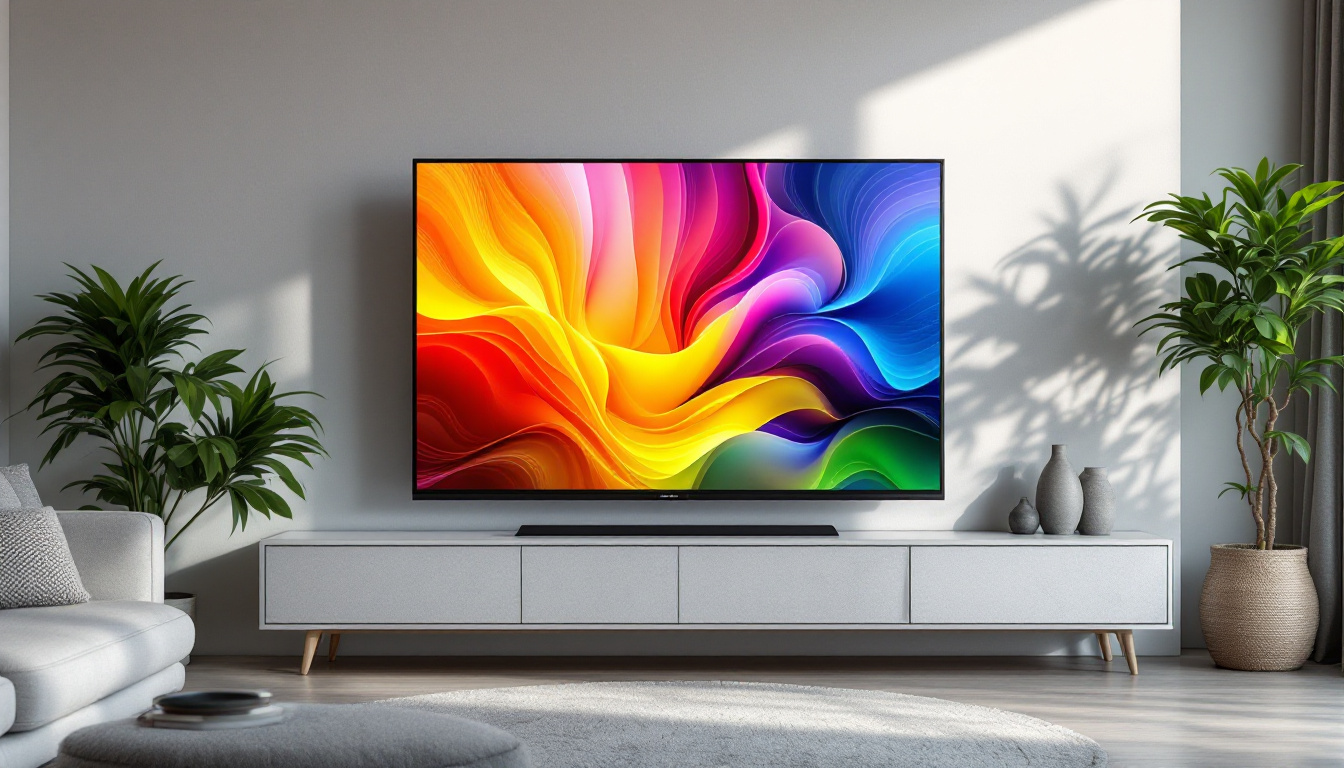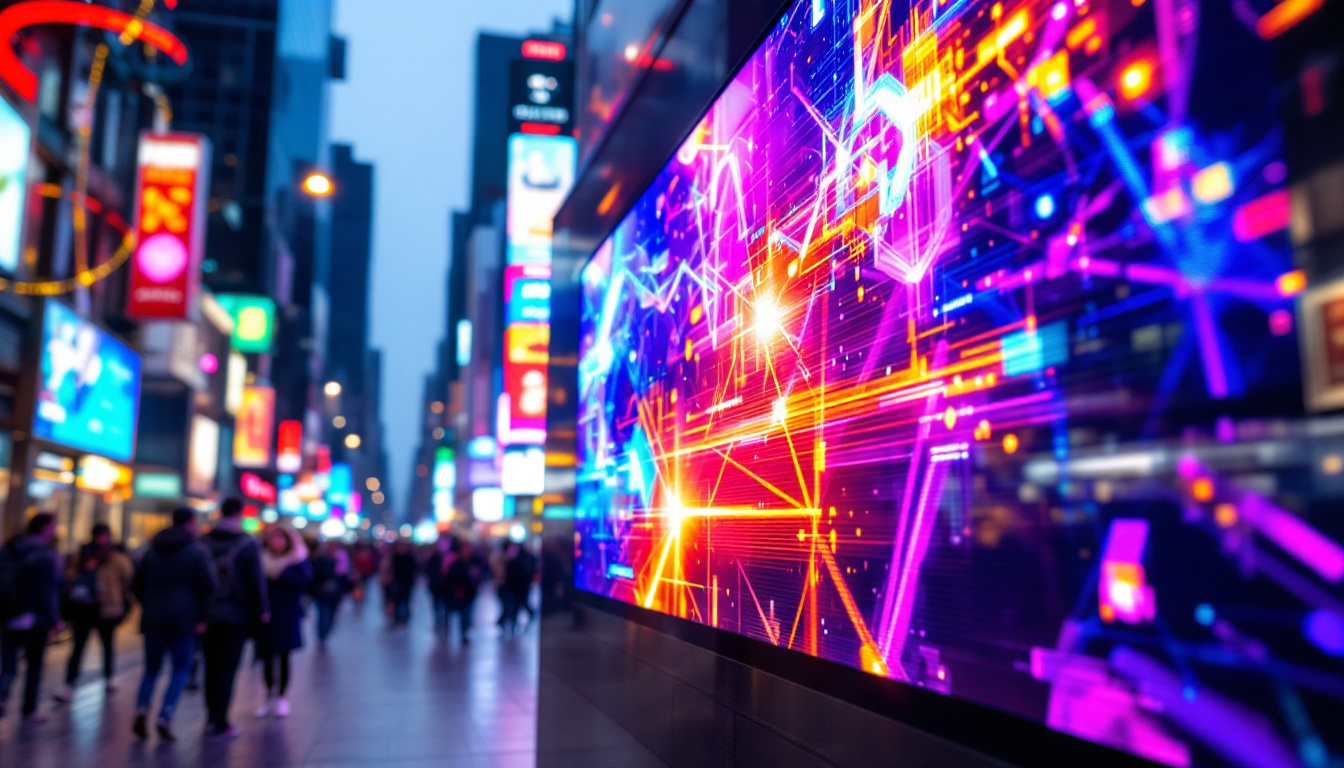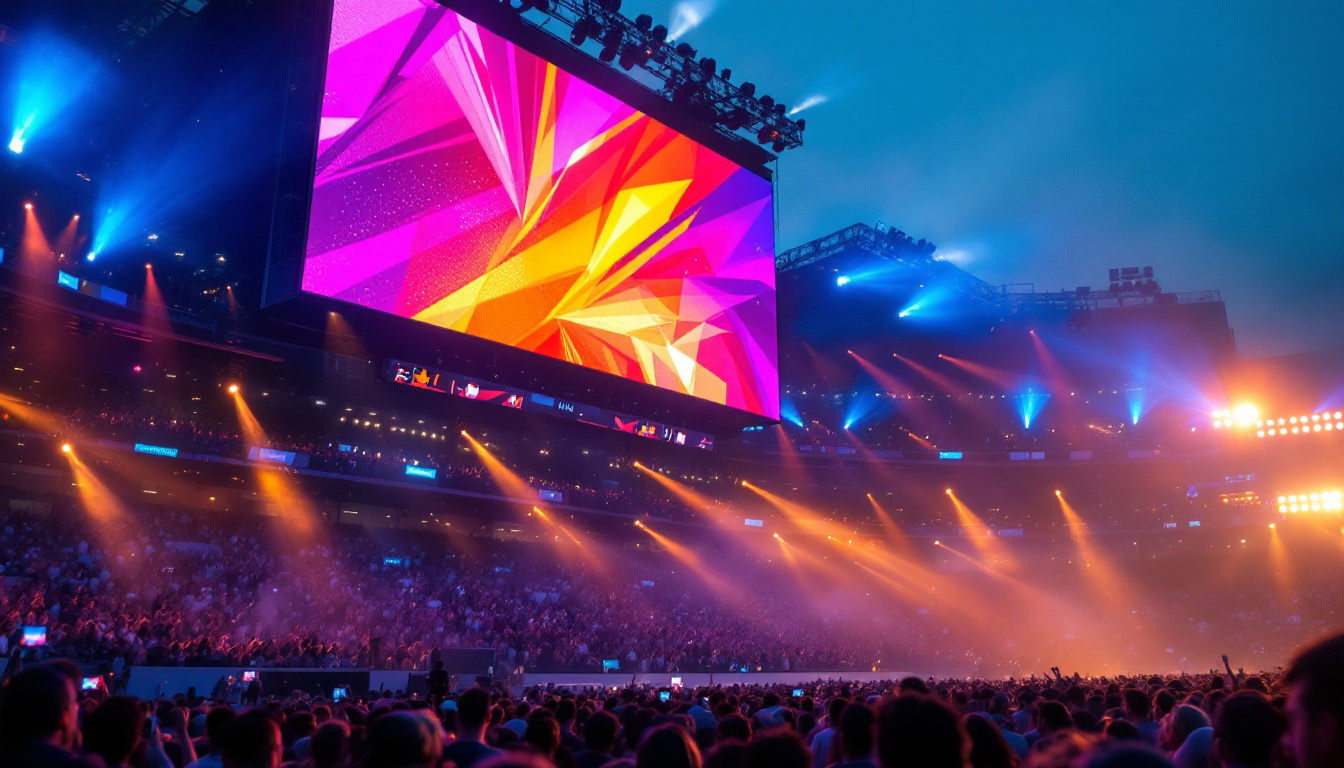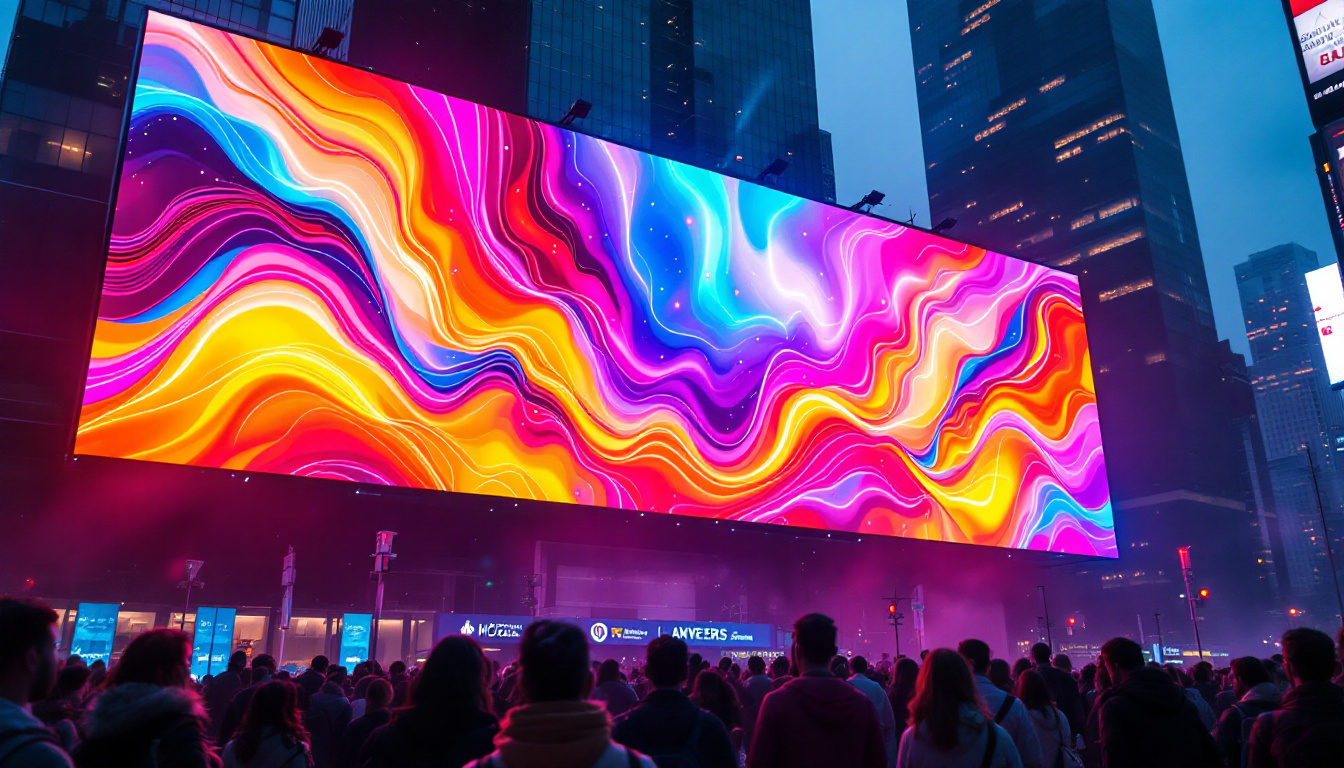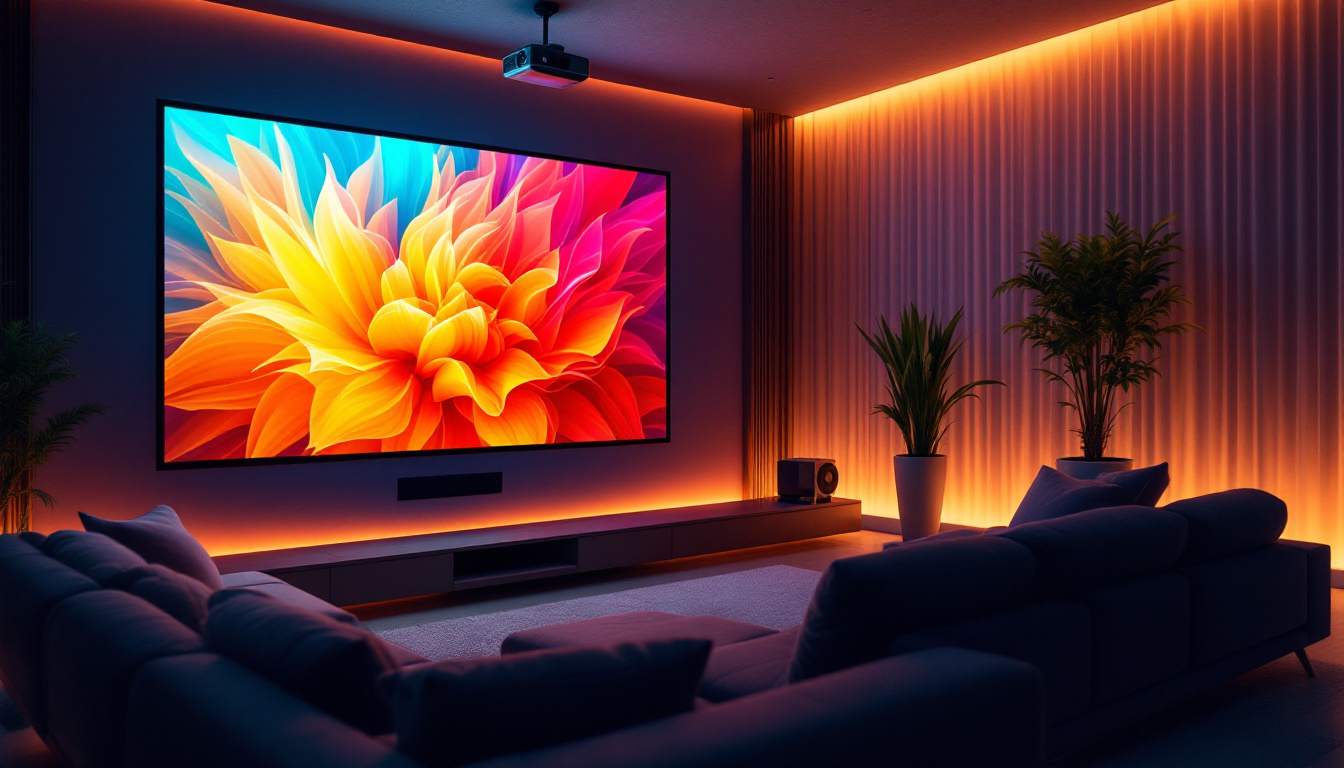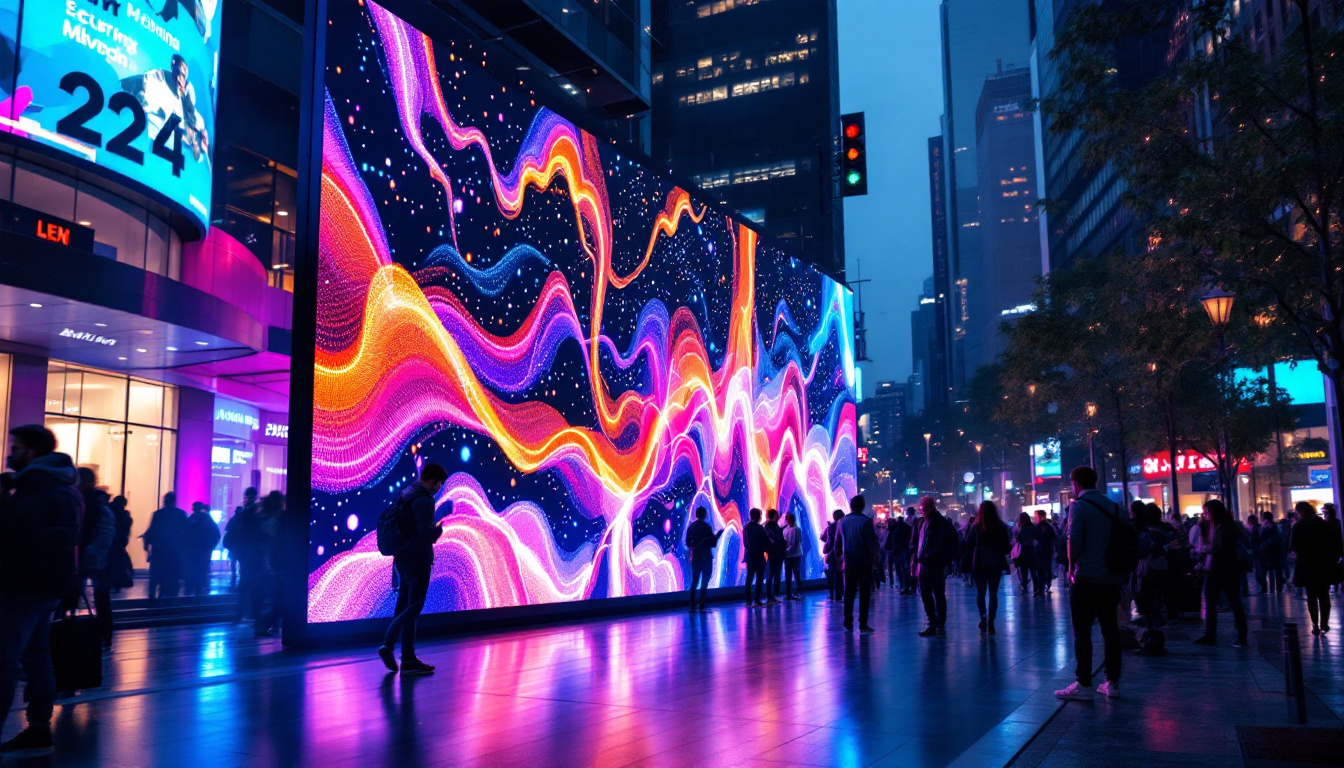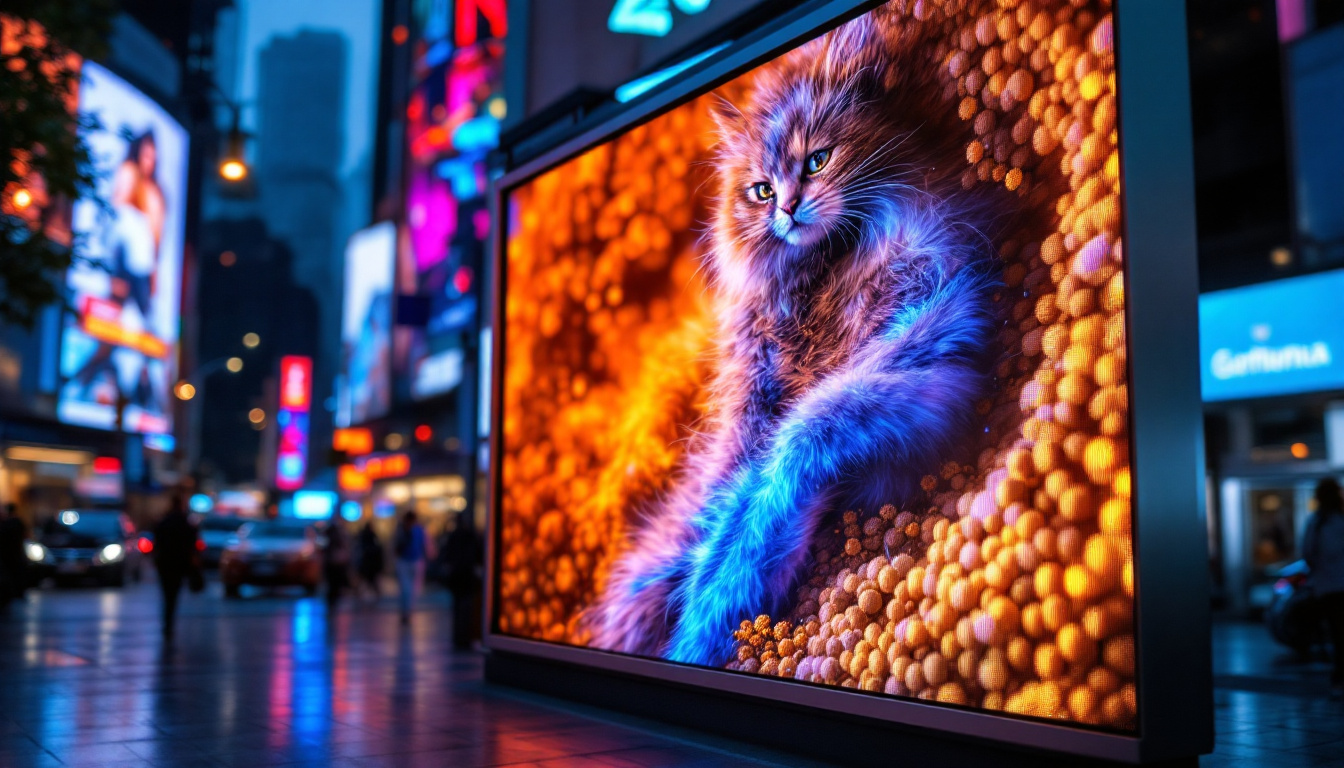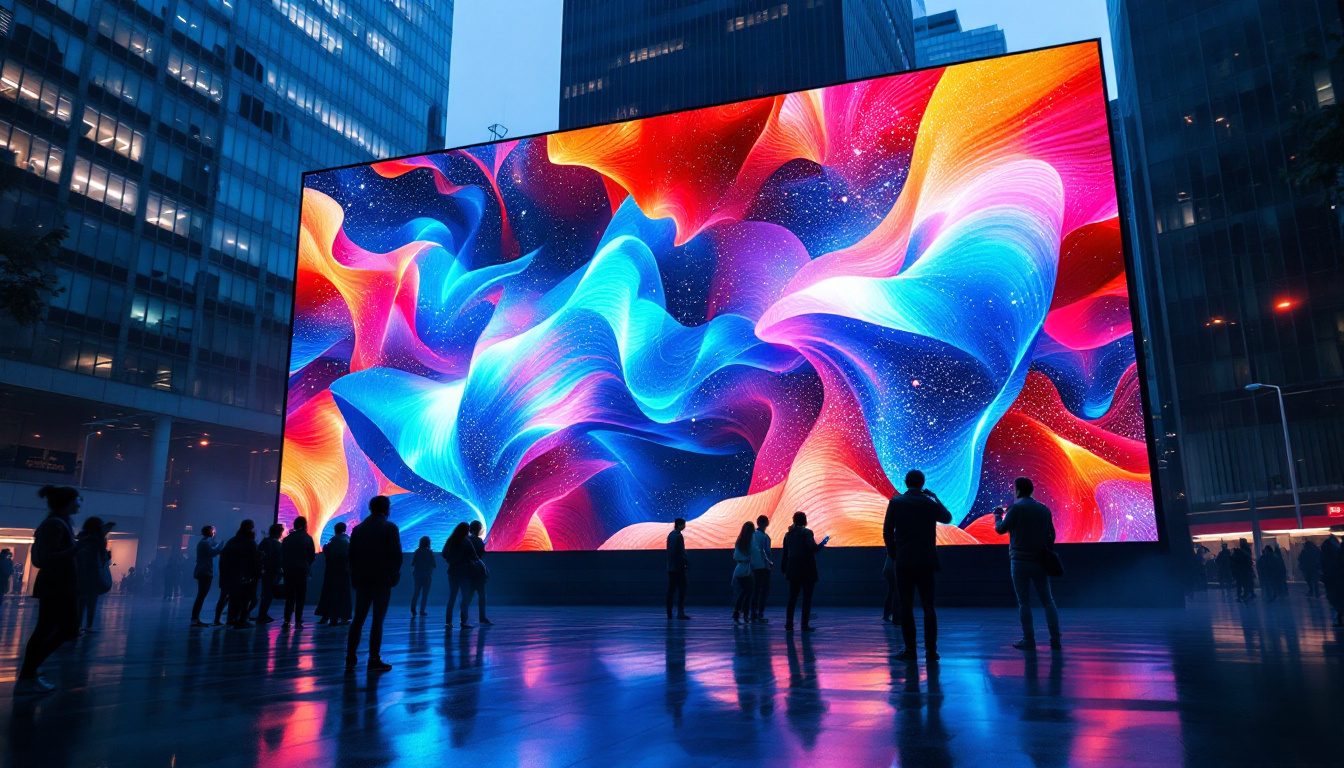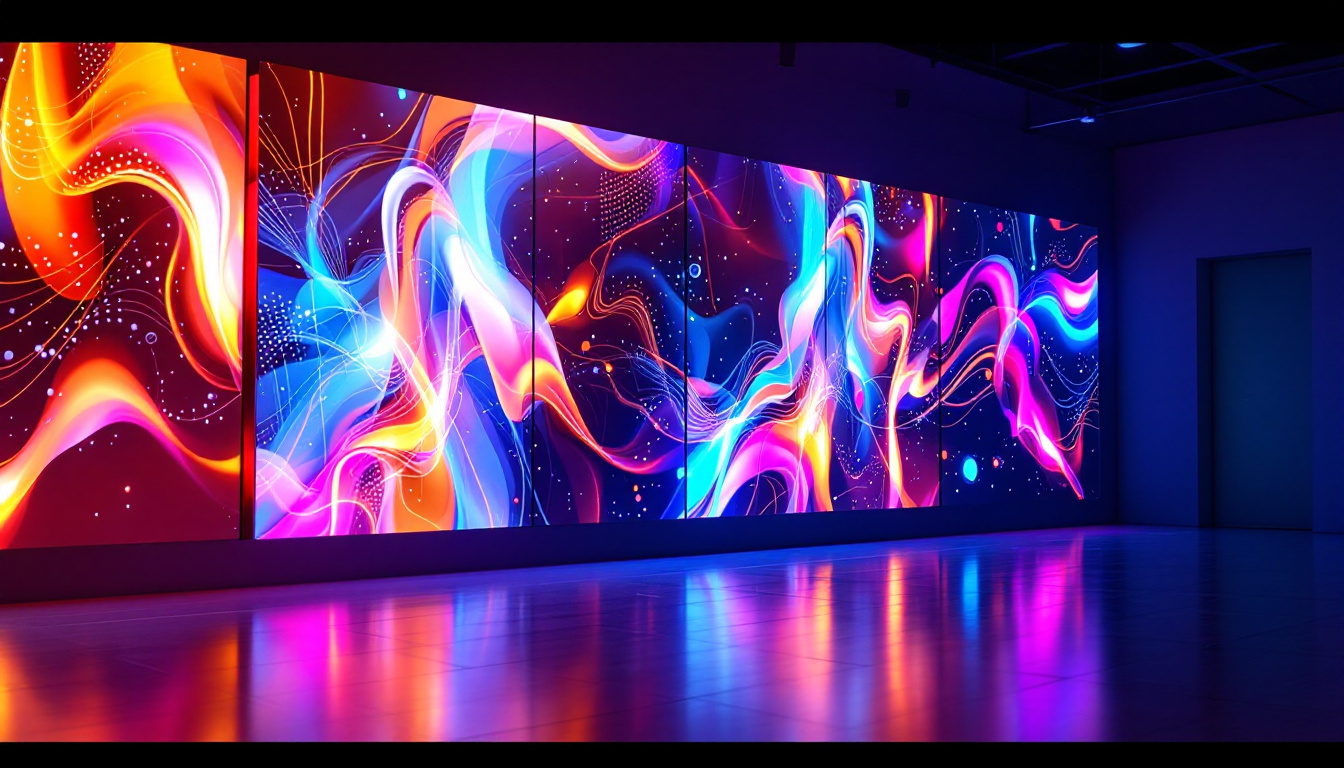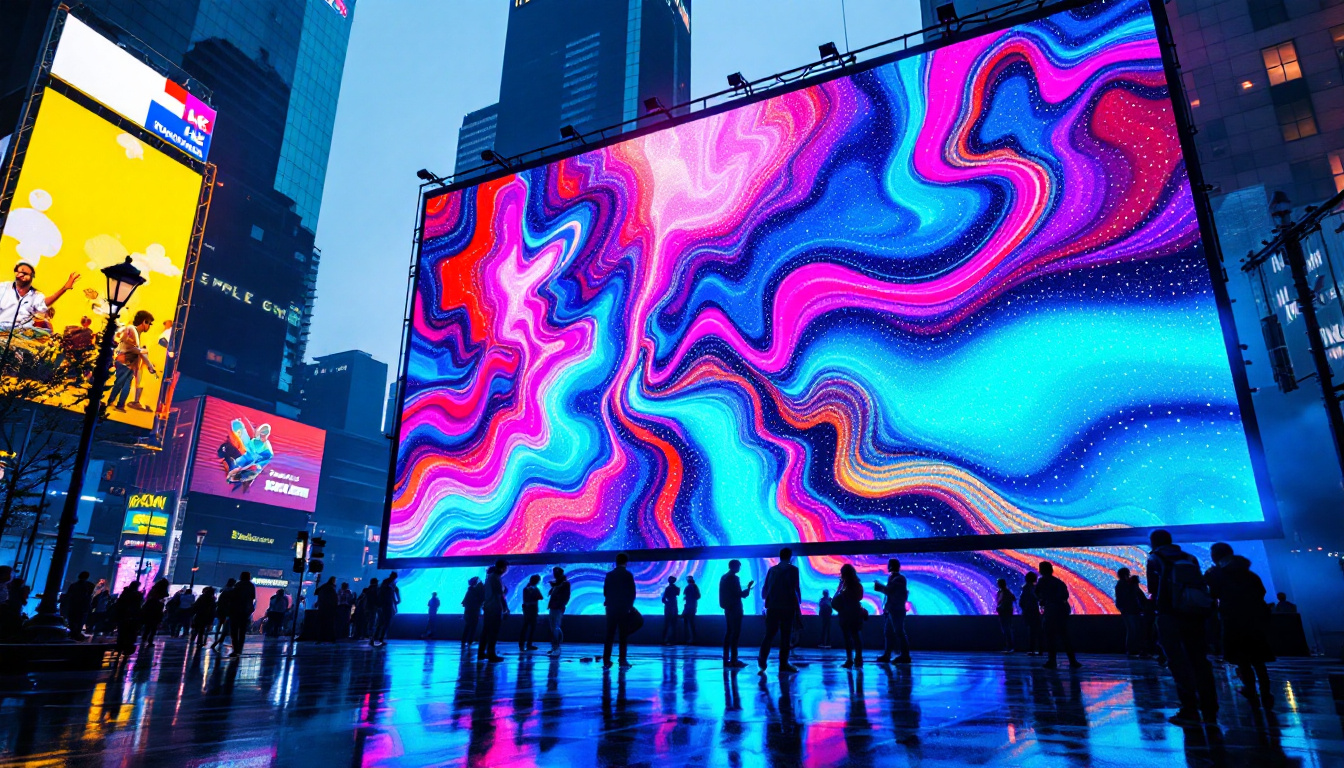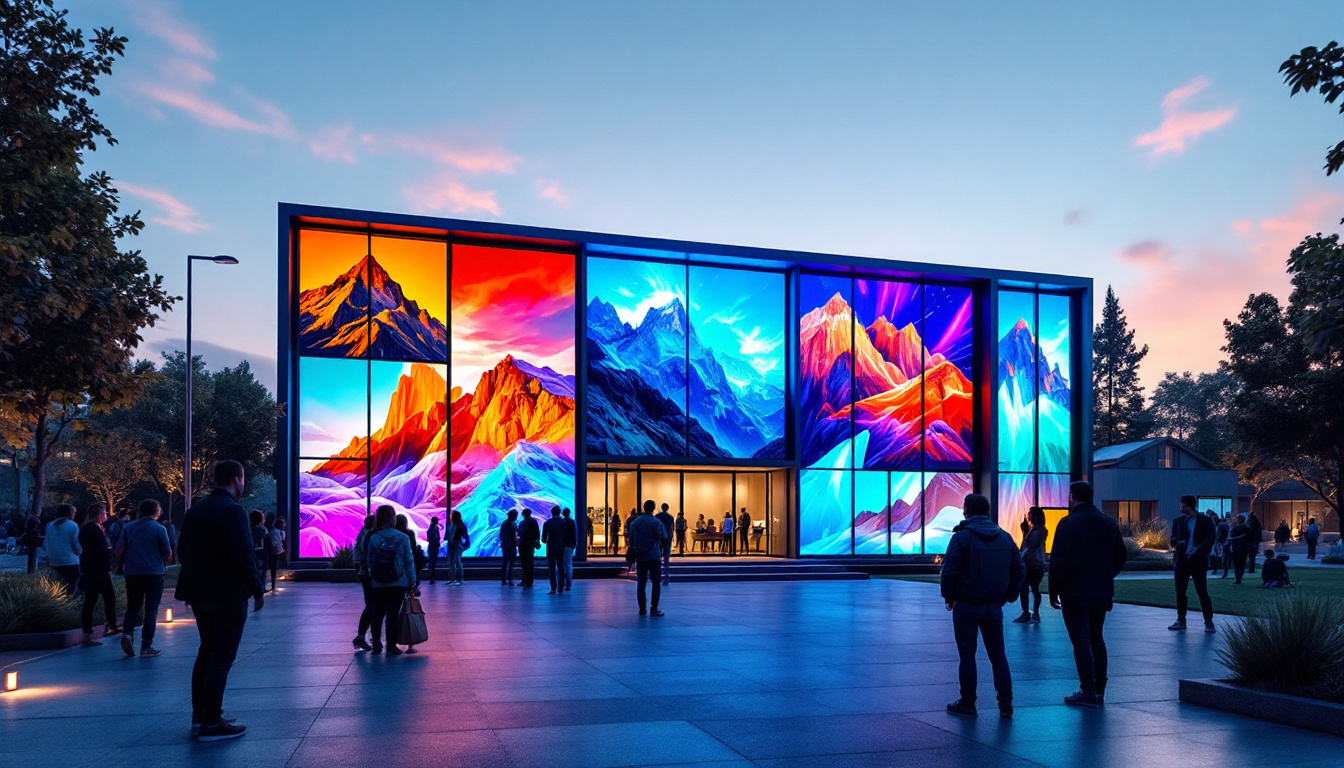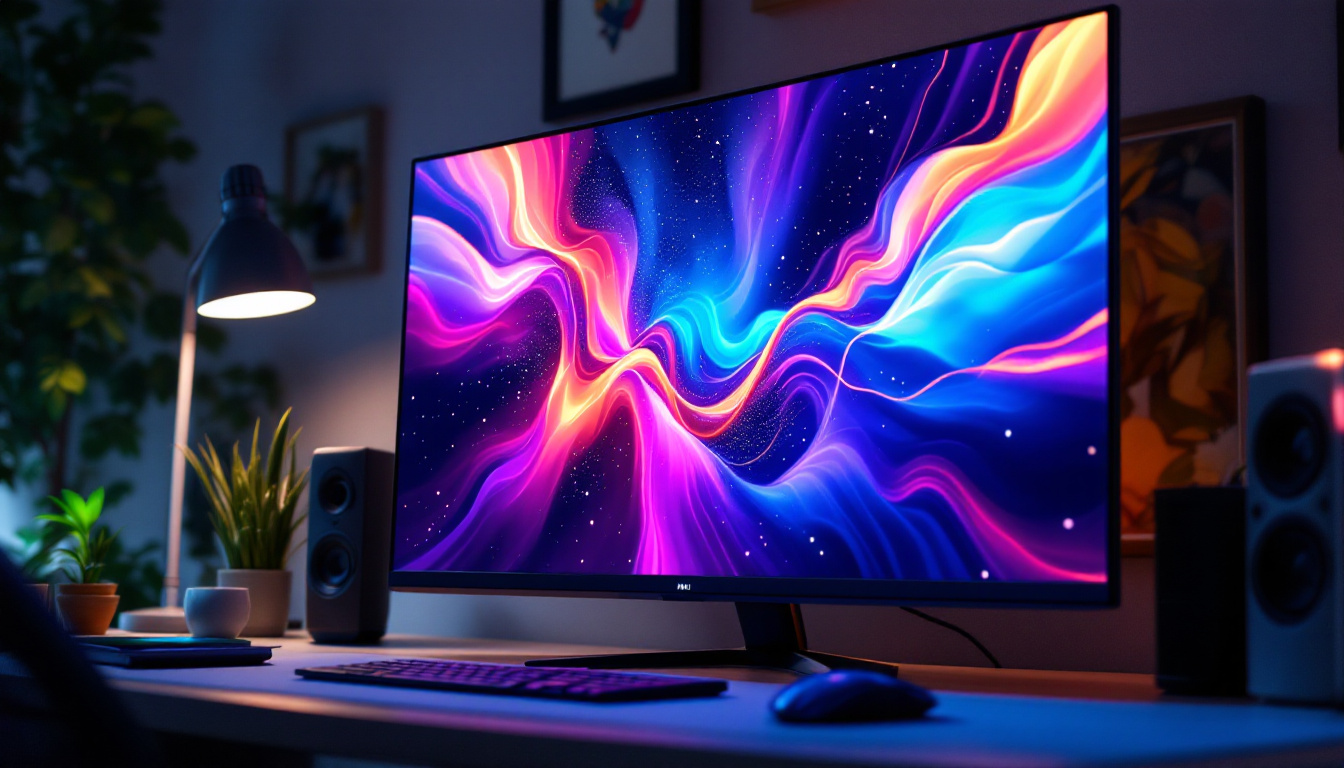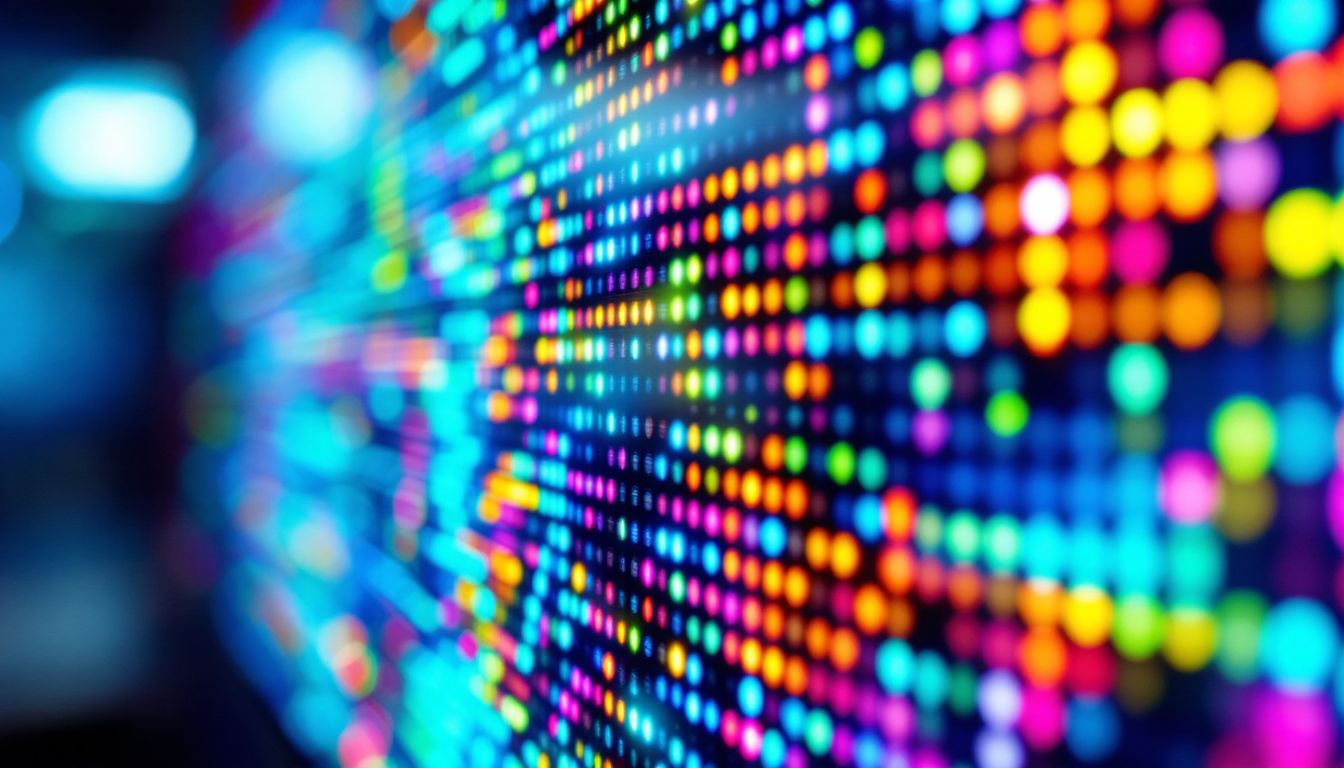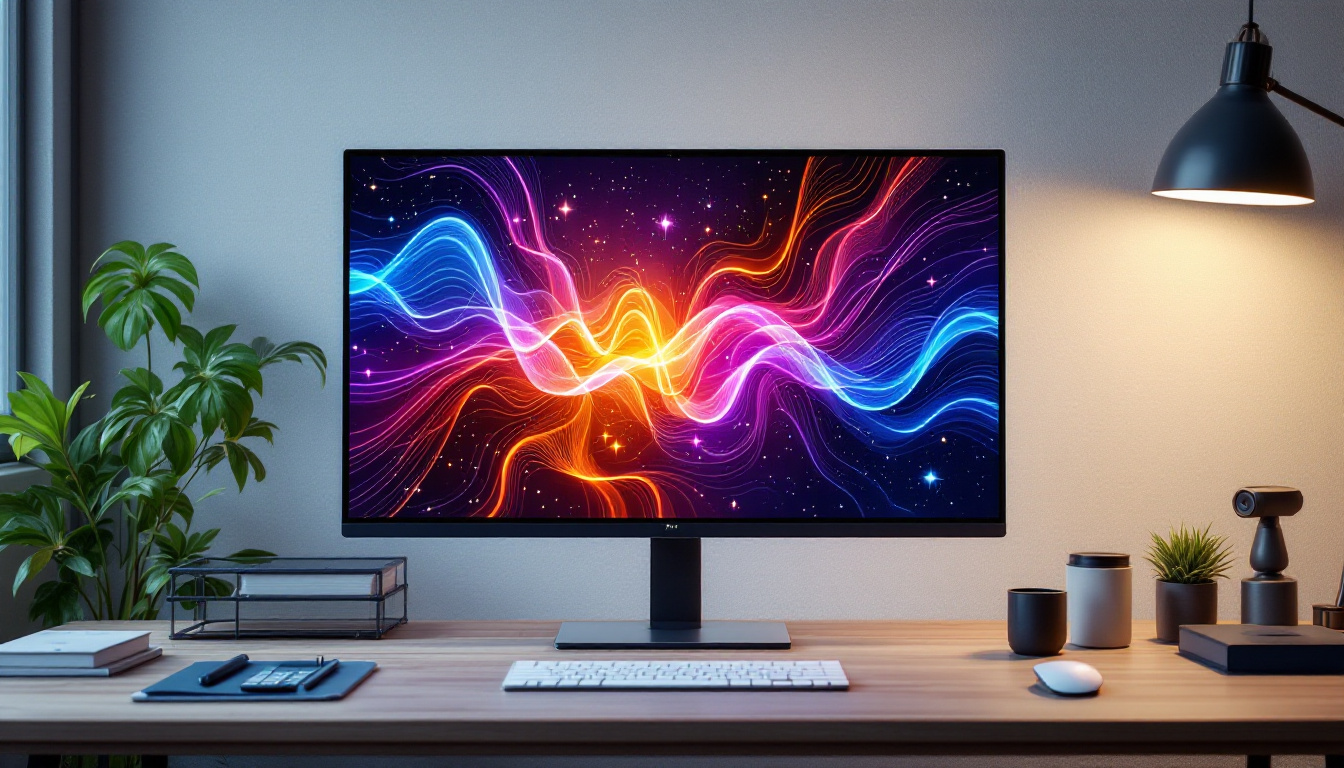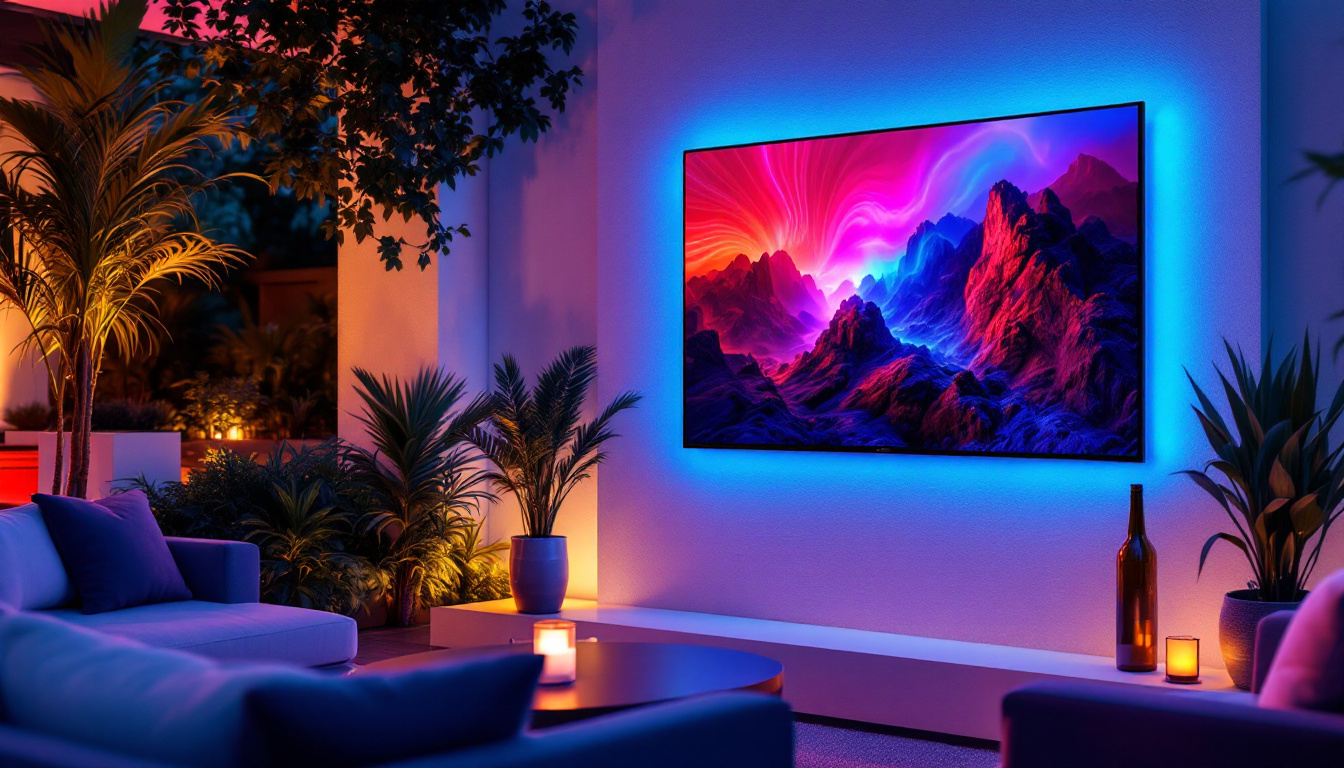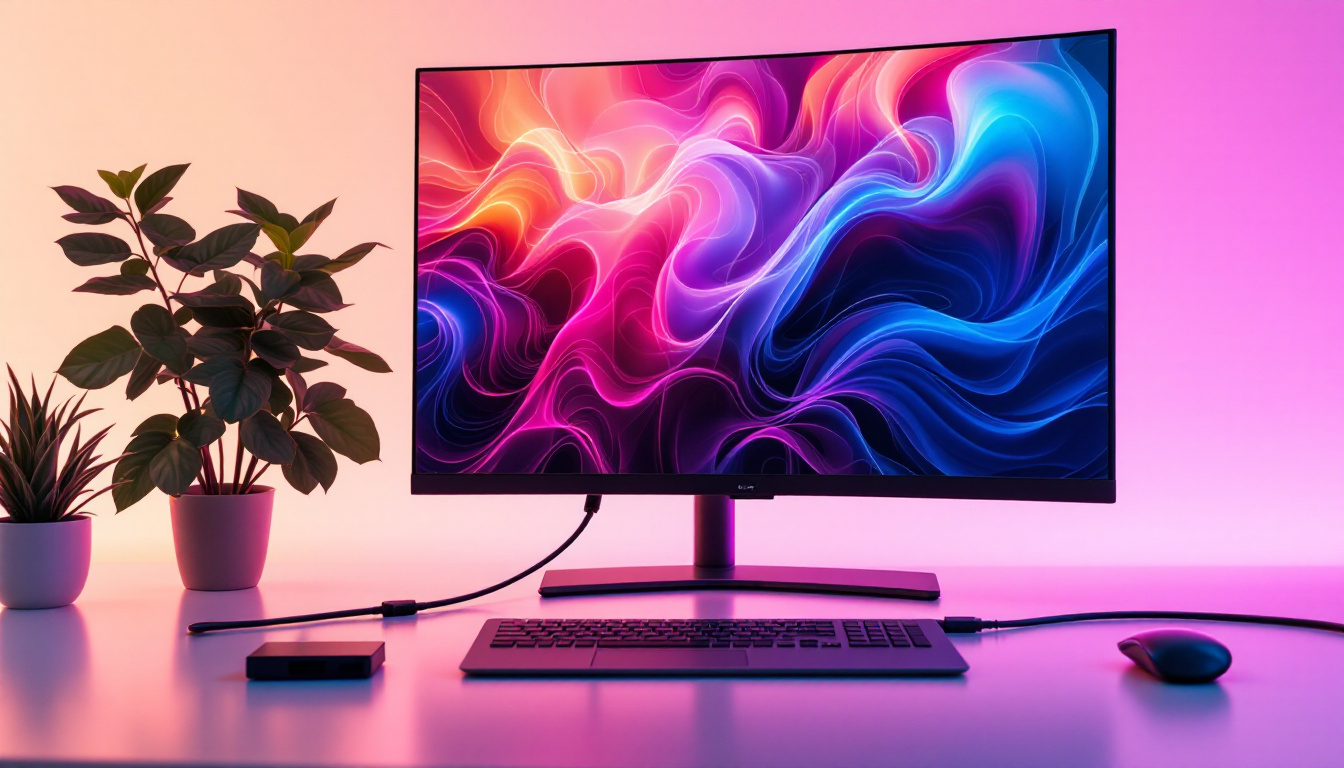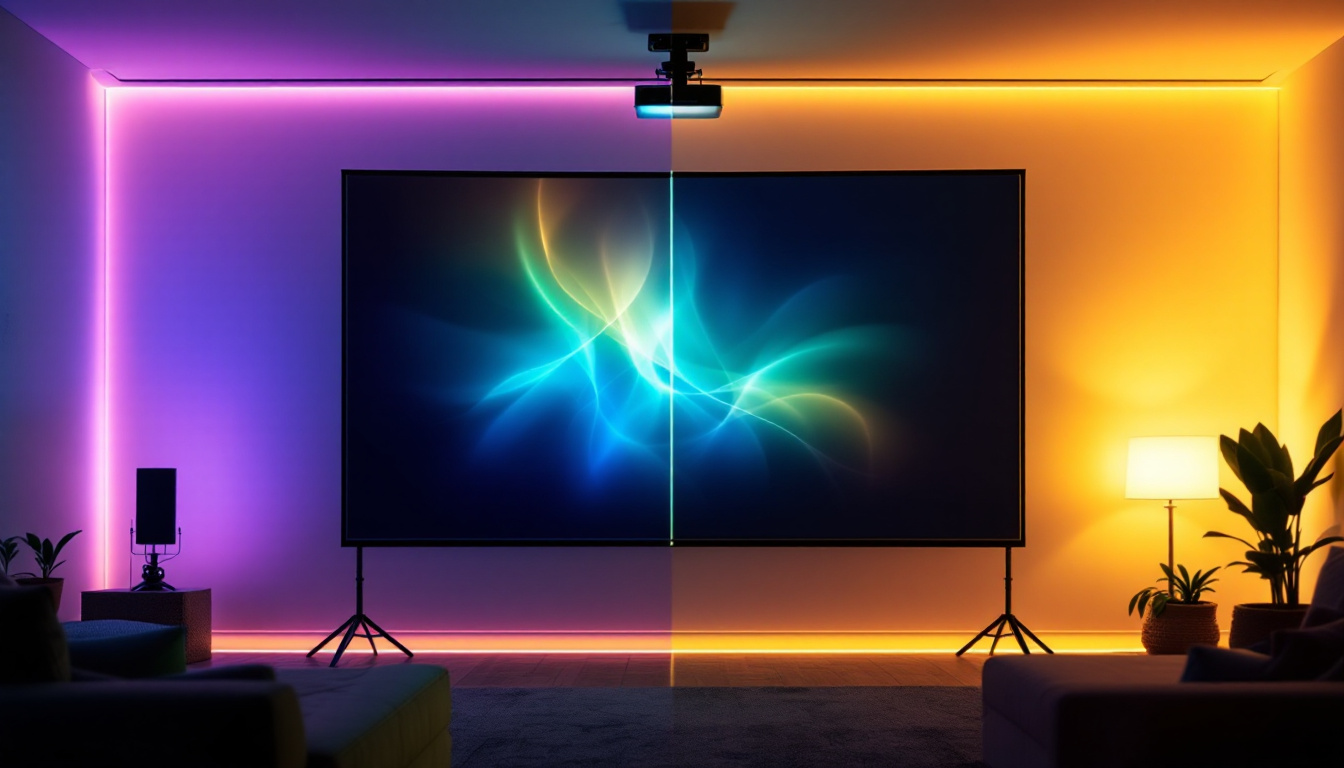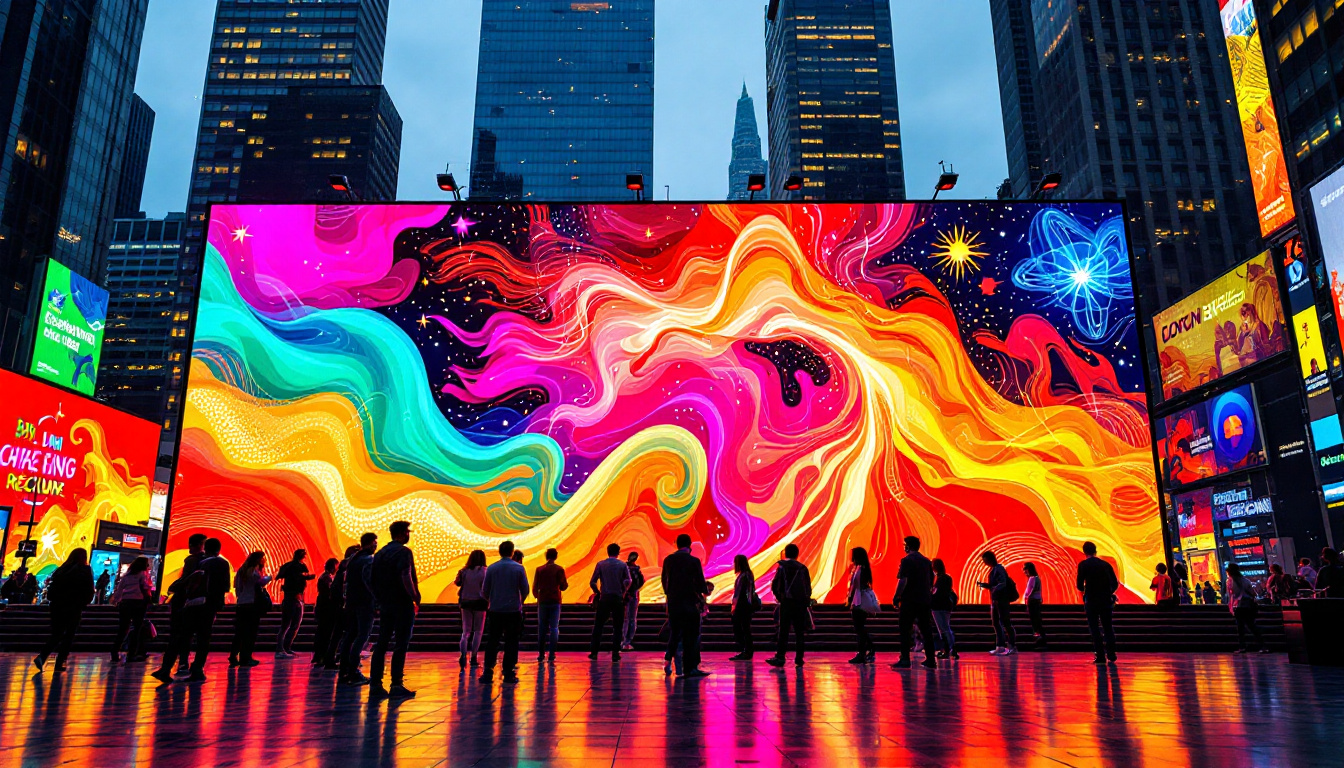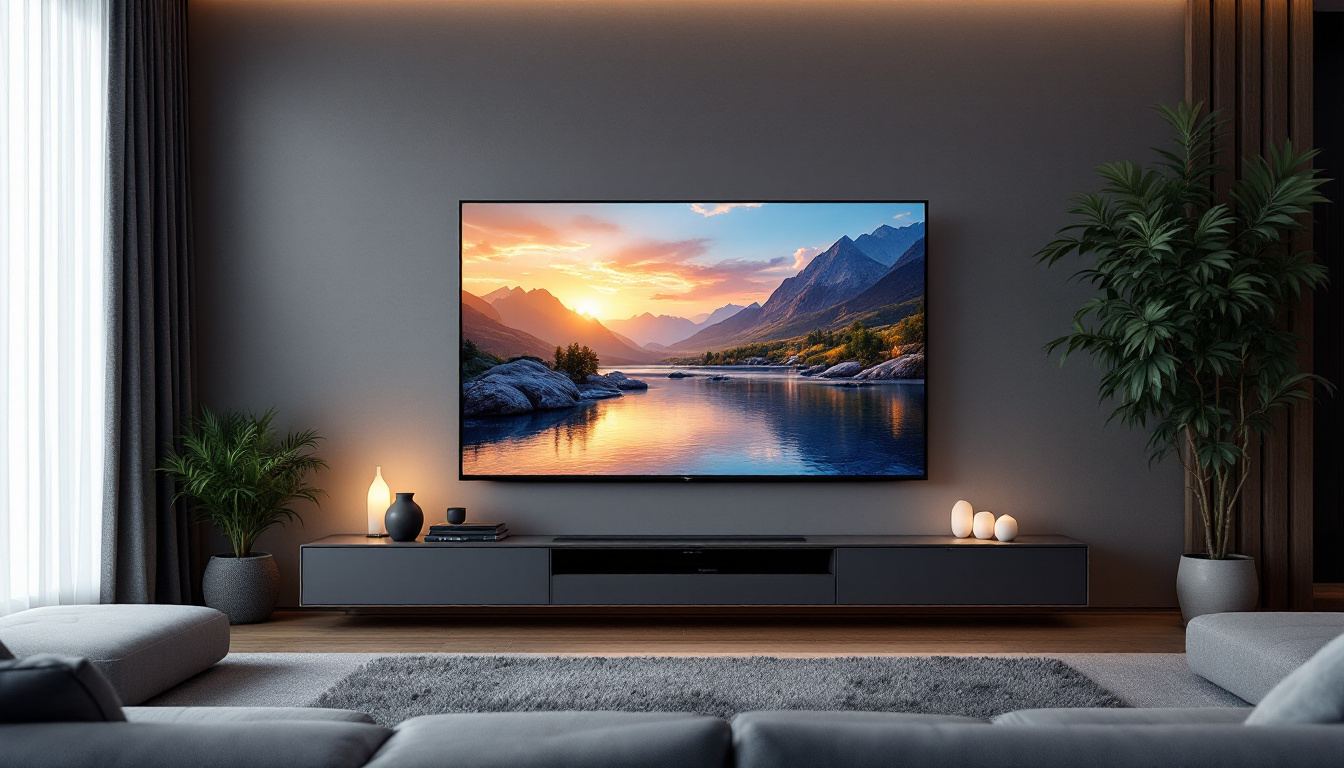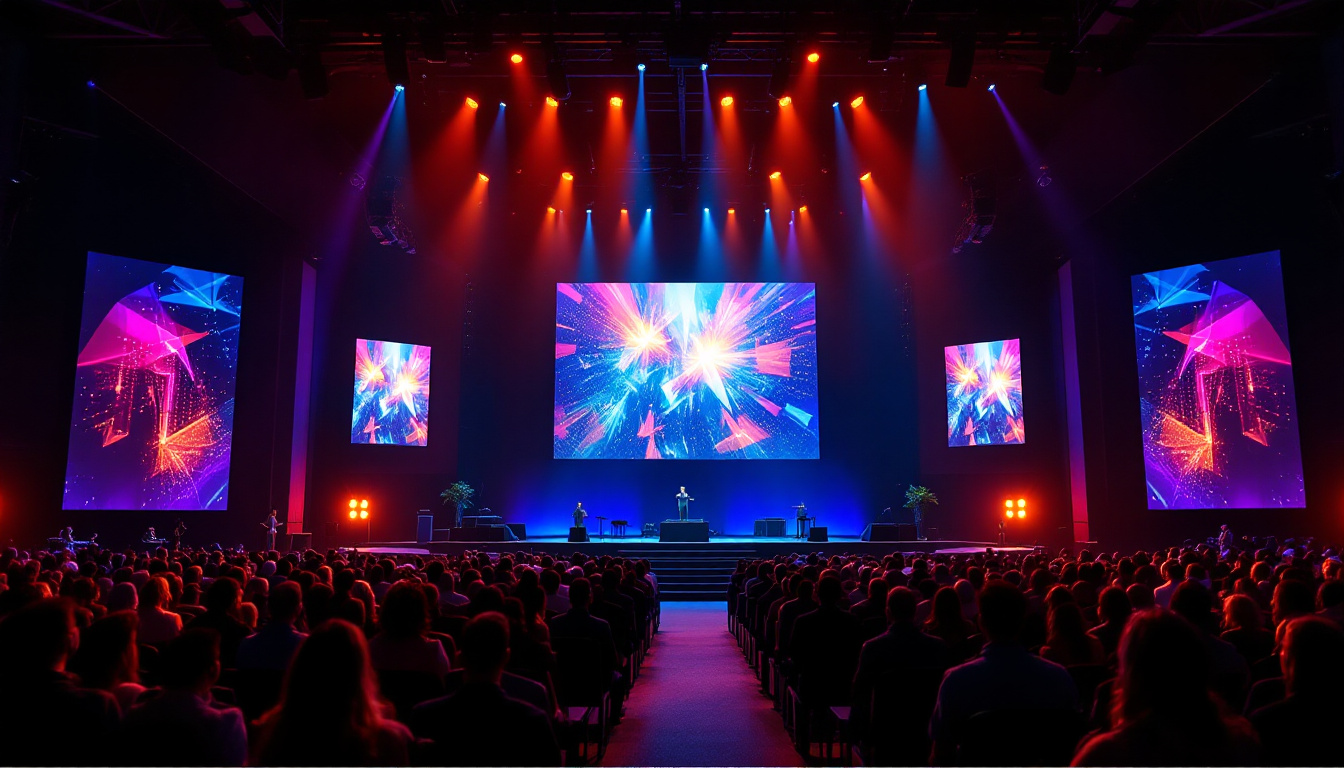Panel TV: LED Display Explained
In the world of home entertainment, the television remains a central piece of technology. Among the various types of displays available, LED (Light Emitting Diode) technology has gained immense popularity due to its impressive picture quality, energy efficiency, and sleek design. This article delves into the intricacies of LED displays, exploring how they work, their advantages, and what to consider when purchasing a panel TV.
Understanding LED Technology
LED technology represents a significant advancement in display technology. Unlike traditional LCD screens that use fluorescent backlighting, LED TVs utilize small diodes to produce light. This results in improved brightness, contrast, and color accuracy, making LED TVs a preferred choice for many consumers. The shift to LED technology has not only transformed the way we experience visual media but has also paved the way for more energy-efficient solutions, contributing to a reduction in overall power consumption in homes and businesses alike.
How LED Displays Work
At the core of an LED display is a matrix of tiny light-emitting diodes that illuminate the screen. These diodes can be arranged in two primary configurations: edge-lit and backlit. In edge-lit displays, LEDs are positioned along the edges of the screen, while in backlit displays, the diodes are placed behind the screen. This arrangement allows for more uniform lighting and enhanced image quality. The technology behind LED displays also allows for thinner screen designs, which can be a significant advantage in modern interior design, where sleek aesthetics are often prioritized.
The LED technology also enables local dimming, where specific areas of the screen can be dimmed or brightened independently. This feature enhances the contrast ratio, allowing for deeper blacks and brighter whites, which is essential for a more immersive viewing experience. Furthermore, the rapid response time of LEDs minimizes motion blur, making them particularly well-suited for fast-paced content like sports and action movies, where clarity and sharpness are paramount.
Types of LED Displays
LED displays can be categorized into several types, each offering unique benefits. The most common types include:
- Standard LED: This is the basic form of LED technology, providing decent picture quality and energy efficiency.
- QLED (Quantum Dot LED): This advanced technology uses quantum dots to enhance color accuracy and brightness, making it ideal for bright rooms. QLED displays are particularly popular among gamers and movie enthusiasts who seek vibrant and lifelike visuals.
- OLED (Organic LED): Although technically different from traditional LED, OLED displays use organic compounds that emit light. They offer superior contrast and color depth but are generally more expensive. The self-emissive nature of OLED technology allows for true blacks, as individual pixels can be turned off completely, creating stunning visual effects that are hard to replicate with other display types.
In addition to these common types, there are also specialized LED displays such as MicroLED and MiniLED, which are gaining traction in the market. MicroLED technology promises even greater efficiency and flexibility, allowing for modular displays that can be customized to various sizes and shapes. MiniLED, on the other hand, enhances backlighting by using smaller LEDs, which can improve local dimming capabilities and overall picture quality. As the technology continues to evolve, consumers can expect even more innovative features and improvements in display performance.
Advantages of LED Displays
LED displays come with numerous advantages that make them a popular choice among consumers. Their benefits extend beyond mere aesthetics, impacting performance, energy consumption, and longevity.
Picture Quality
One of the most significant advantages of LED displays is their exceptional picture quality. The ability to produce vibrant colors, deep blacks, and high contrast ratios enhances the viewing experience. Whether watching movies, playing video games, or streaming content, LED TVs deliver stunning visuals that captivate audiences. Additionally, many LED displays utilize advanced technologies such as HDR (High Dynamic Range) and local dimming, which further enhance color accuracy and detail in both bright and dark scenes. This results in a more immersive experience, making viewers feel as though they are part of the action.
Energy Efficiency
LED technology is known for its energy efficiency. Compared to traditional LCD or plasma screens, LED TVs consume less power, which translates to lower electricity bills. This efficiency is not only beneficial for the environment but also contributes to the longevity of the device. Moreover, many manufacturers are now producing LED displays that meet stringent energy-saving standards, ensuring that consumers can enjoy high-quality entertainment while minimizing their carbon footprint. This commitment to sustainability is becoming increasingly important to environmentally conscious buyers, who are looking for products that align with their values.
Thin and Lightweight Design
Another appealing aspect of LED displays is their slim profile. The compact design allows for easy wall mounting and integration into various living spaces. This aesthetic flexibility makes LED TVs a favorite among interior designers and homeowners alike. Furthermore, the lightweight nature of these displays means that they can be easily transported and set up in different locations, whether for a movie night in the living room or a presentation in a conference room. The versatility of LED displays also extends to their compatibility with various smart technologies, enabling users to connect seamlessly with streaming services, gaming consoles, and other devices for a fully integrated entertainment experience.
Factors to Consider When Buying an LED TV
With a myriad of options available in the market, choosing the right LED TV can be overwhelming. Several factors should be considered to ensure that the selected model meets the viewer’s needs and preferences.
Screen Size
Screen size is one of the most crucial factors to consider when purchasing an LED TV. The ideal size depends on the viewing distance and the space available in the room. A general rule of thumb is to sit at a distance of about 1.5 to 2.5 times the diagonal size of the screen for optimal viewing.
Resolution
Resolution plays a vital role in picture quality. LED TVs are available in various resolutions, including Full HD (1080p), 4K Ultra HD (2160p), and even 8K. Higher resolutions provide more detail, especially on larger screens. For those who enjoy high-definition content, investing in a 4K or 8K model may be worthwhile.
Smart Features
Modern LED TVs often come equipped with smart features that allow users to stream content from various platforms directly. Consider whether the TV supports popular streaming services and if it has built-in apps or a user-friendly interface. Additionally, features like voice control and compatibility with smart home devices can enhance the overall experience.
Maintenance and Care for LED TVs
To ensure the longevity and performance of an LED TV, proper maintenance and care are essential. Simple practices can significantly extend the life of the device and maintain its picture quality.
Cleaning the Screen
Regular cleaning of the screen is vital to remove dust and fingerprints that can affect picture quality. Use a microfiber cloth and a gentle cleaning solution specifically designed for electronics. Avoid using abrasive materials or harsh chemicals, as they can damage the screen.
Proper Ventilation
LED TVs generate heat during operation, and adequate ventilation is crucial to prevent overheating. Ensure that the TV is placed in a well-ventilated area and avoid covering vents. If the TV is wall-mounted, make sure there is enough space around it for air circulation.
Software Updates
For smart LED TVs, regular software updates are essential to enhance performance and security. Manufacturers often release updates that improve functionality or fix bugs. Regularly check for updates and install them to ensure the TV operates smoothly.
Future Trends in LED Display Technology
The landscape of LED display technology continues to evolve, with innovations that promise to enhance the viewing experience further. As technology advances, several trends are emerging that may shape the future of LED TVs.
MicroLED Technology
MicroLED technology is gaining traction as a potential game-changer in the display industry. This technology uses microscopic LEDs to create individual pixels, resulting in exceptional color accuracy and contrast. MicroLED TVs are expected to offer better performance than traditional LED and OLED displays, although they may come with a higher price tag.
8K Resolution
While 4K resolution has become the standard for high-definition viewing, 8K resolution is slowly making its way into the market. With four times the pixel count of 4K, 8K TVs promise unparalleled detail and clarity. As more content becomes available in 8K, consumers may find themselves drawn to this cutting-edge technology.
Improved Energy Efficiency
As environmental concerns grow, manufacturers are focusing on creating more energy-efficient displays. Future LED TVs are likely to feature enhanced energy-saving technologies, reducing their carbon footprint while maintaining high performance. This shift not only benefits consumers but also contributes to a more sustainable future.
Conclusion
LED displays have revolutionized the way viewers experience television. With their superior picture quality, energy efficiency, and sleek design, they have become a staple in modern homes. Understanding the technology behind LED displays, the advantages they offer, and the factors to consider when purchasing one can empower consumers to make informed decisions.
As technology continues to advance, the future of LED displays looks promising, with innovations that will further enhance the viewing experience. Whether it’s for binge-watching the latest series or enjoying a cinematic experience at home, LED TVs are poised to remain at the forefront of home entertainment.
Discover the Future of Home Entertainment with LumenMatrix
Ready to elevate your viewing experience with the latest in LED display technology? LumenMatrix is at the forefront of innovation, offering a diverse range of LED display solutions that cater to your every need. From the comfort of your living room to the excitement of an outdoor event, our Indoor and Outdoor LED Wall Displays, Vehicle LED Displays, LED Poster Displays, and more are designed to bring your content to life. Embrace the future of visual communication with LumenMatrix and create unforgettable experiences with our cutting-edge LED displays. Check out LumenMatrix LED Display Solutions today and transform the way you share your message with the world.

